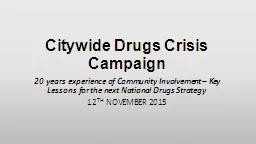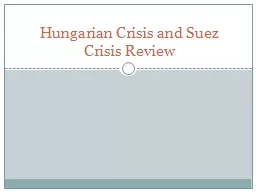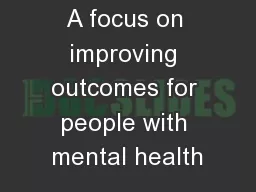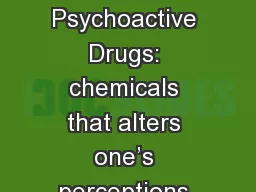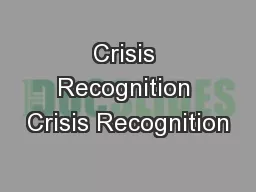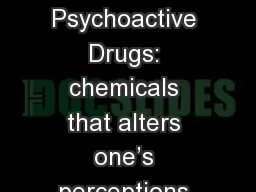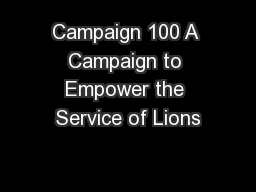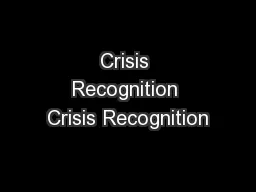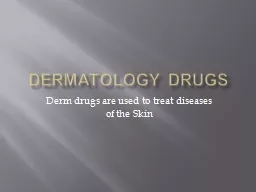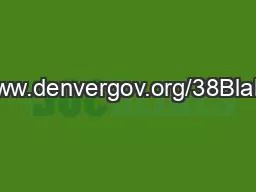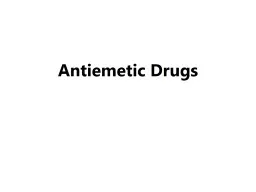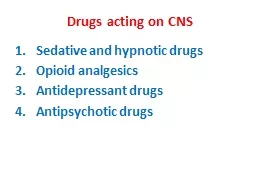PPT-Citywide Drugs Crisis Campaign
Author : briana-ranney | Published Date : 2016-09-22
20 years experience of Community Involvement Key Lessons for the next National Drugs Strategy 12 TH NOVEMBER 2015 Criminal Justice vs Health Addicts We
Presentation Embed Code
Download Presentation
Download Presentation The PPT/PDF document "Citywide Drugs Crisis Campaign" is the property of its rightful owner. Permission is granted to download and print the materials on this website for personal, non-commercial use only, and to display it on your personal computer provided you do not modify the materials and that you retain all copyright notices contained in the materials. By downloading content from our website, you accept the terms of this agreement.
Citywide Drugs Crisis Campaign: Transcript
Download Rules Of Document
"Citywide Drugs Crisis Campaign"The content belongs to its owner. You may download and print it for personal use, without modification, and keep all copyright notices. By downloading, you agree to these terms.
Related Documents

